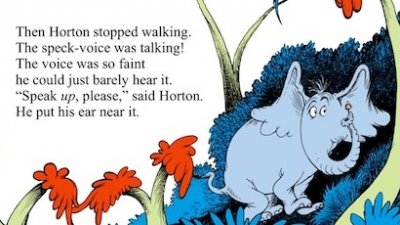- Joined
- Apr 10, 2003
- Messages
- 2,306
After years trying to get my head around this, I might have been wasting my time. 
more...
http://observer.guardian.co.uk/uk_news/ ... 40,00.html
Observer, Sunday October 8 2006
Robin McKie, science Editor
The most ambitious idea ever outlined by scientists has suffered a remarkable setback. It has been dismissed as a theoretical cul-de-sac that has wasted the academic lives of hundreds of the world's cleverest men and women. This startling accusation has been made by frustrated physicists, including several Nobel prize winners, who say that string theory - which seeks to (...)
more...
http://observer.guardian.co.uk/uk_news/ ... 40,00.html


